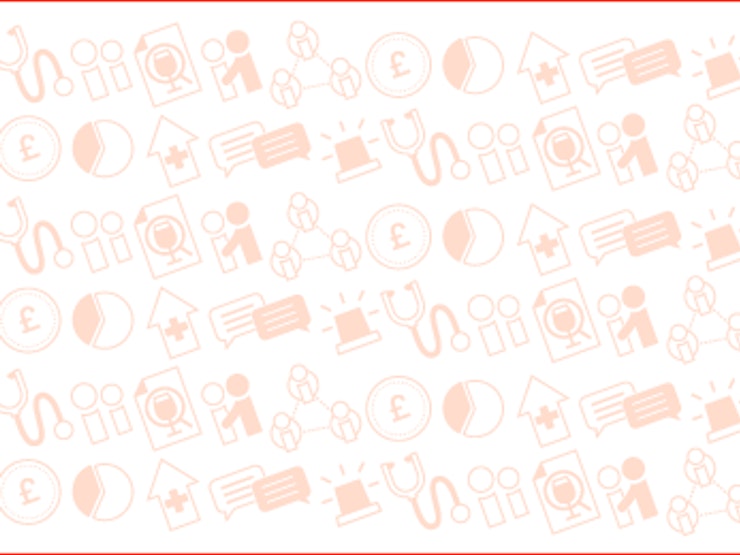Several reported incidents of counterfeit alcohol operations were followed by dire warnings in the press to potential consumers of blindness, and even death, should counterfeit alcohol be purchased and consumed. There were reports of illegal stills that had exploded and where there had been fatalities of those involved in illicit production. However, the reporting appeared to be episodic, reactive to events, and with little follow-up on the outcome of investigations.
Contact with a European regulator provided the impetus to investigate counterfeit alcohol and apply a criminological perspective. Case files were made available for analysis and with application of routine activity theory, script analysis and a social network analysis, it was possible to gain a greater understanding of the organisation and distribution of counterfeit alcohol.
The lack of follow-up in relation to reported cases and a general lack of interest in the issue of counterfeit alcohol by regulators could be explained by counterfeit alcohol not being a significant problem in terms of potential damage to health or revenue lost. Another possible explanation was that counterfeit alcohol was a problem that presented several challenges that were time consuming, costly and with little benefit once prosecuted and so it was not prioritised or defined as a significant problem.
There was a lack of criminological curiosity in the topic. Criminology has an interest in drug use and markets, counterfeiting of goods from aircraft parts to clothes and fashion accessories, but not alcohol. There is an increasing interest in food fraud. In utilising previous research strategies from food fraud, it was appropriate to consider the distribution and consumption of counterfeit alcohol through a criminological lens.
The aims of the project were:
- Provide a greater understanding of the social factors that influence counterfeit alcohol distribution and consumption
- Develop a detailed understanding of the distribution mechanisms of counterfeit alcohol
To realise these aims a number of approaches were used to understand and analyse the data. Routine activity theory assumes a crime can be committed in a situation where there is a criminal opportunity, there is a motivated offender(s) and there is a lack of capable guardianship. Script analysis provides the opportunity to develop a framework that structures possible crime scenes, these are the things that need to happen for the crime to occur, the necessary actors involved, and the resources required for a successful execution of the crime. Social network analysis provides the opportunity to analyse the relationships and roles of actors in the crime scenes and their connections with each other and others in the prosecution of the crime. This can identify hidden networks and the essential roles undertaken by different actors.
It is not possible to generalise from one detailed case study alone, but it has been possible to gain further insight into distribution strategies and to also frame questions to a variety of respondents involved in the regulatory process and those who are the potential buyers of counterfeit alcohol. This alongside an analysis of various reported cases and an examination of online opportunities for distributing and purchasing counterfeit alcohol provides a reliable foundation to begin to develop some conclusions in relation to the distribution of counterfeit alcohol.
There are a number of implications:
- It is necessary to gain a more detailed analysis of the locations of sale of counterfeit alcohol. There are number of ways that this could be achieved. This research indicates the vulnerable areas to counterfeit alcohol and further research in these locations could be beneficial.
- There is a lack of resources available to Trading Standards and Environmental Health Offices due to local government controls on expenditure. These controls make anything other than a reactive approach to counterfeit alcohol unlikely.
- The costs of investigation and prosecution must be met by the local authority and this seems to result in only prosecuting those cases that are large and significant enough, as investigation and prosecution costs are high.
- The lack of knowledge in relation to the production, or sourcing, of counterfeit alcohol makes it difficult to investigate. The case study used in this research indicates that networks appear flexible and can mutate effectively to establish on-going distribution networks. The lack of knowledge as to the origin of the ‘product’ makes stopping the flow of counterfeit alcohol extremely challenging.
- It is not possible at the moment to know the scale of the problem. It may be that the importation and production of counterfeit alcohol is episodic and not a significant problem as the seizure data would suggest. However, the seizure data could be extremely partial and not provide a good overall assessment. Whilst the seizure data seem to be relied upon by some regulators to assess the extent of the problem, the actual extent of the problem remains unclear. There is a danger of both under-estimating and over-estimating the scale of counterfeit alcohol on the market.
There is a need to attempt to accurately estimate the size of the counterfeit alcohol market in the UK. This would provide an indication of the size of counterfeit alcohol markets. Particular attention should be paid to areas that are vulnerable to the sale of counterfeit alcohol. It is critical to assist regulators in developing an investigative strategy that will be enhanced by an increase of investigative resources, clear lines of authority in any multi-agency investigation, and a sharing of investigative costs. There is an importance in regulatory bodies having a clear strategic vision in relation to counterfeit alcohol in the immediate future that is designed to limit market expansion. This would enable the development of a coherent and strategically joined up approach to the policing of illicit alcohol markets. There is little understanding of the market in smuggled alcohol and whether there is an overlap with the markets in counterfeit alcohol. This could be improved via further research in relation to smuggled alcohol where supply chain networks may be more visible.
